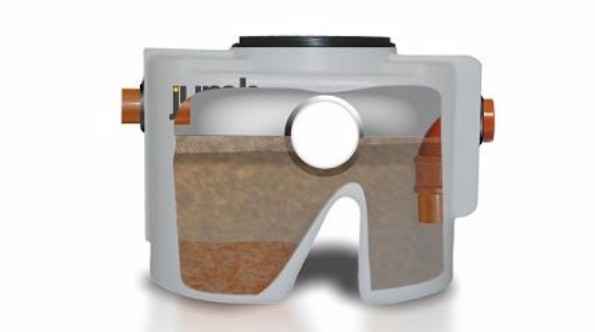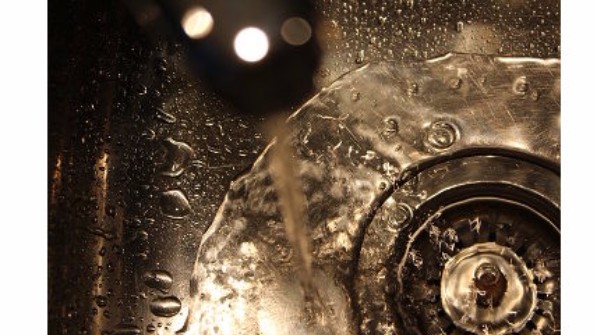What is a Grease Trap?
Grease traps - also known as fat traps, grease interceptors and grease separators - have been in use since Victorian times. A grease trap helps to reduce fats, oils and grease (FOGs) from entering drains and the sewerage system.
In simple terms, a grease trap is a receptacle linked into the kitchen drain pipework to filter the wastewater. Grease traps have been designed to capture FOGs from the wastewater before it drains into the underground sewers.

How does a grease trap work?
Grease, such as animal and vegetable fats, is less dense than water and floats on top within the grease trap box.
A system of baffles trap the oils and fats, whilst solid particles sink and settle at the bottom of the trap. Meanwhile, the wastewater is free to run out of the trap, through the outlet pipework and into the drainage system.
The retained grease and solid waste builds up in the grease separator box gradually over time. This creates the need for regular cleaning, servicing and removal of the waste for environmental disposal.
Sewers can't handle the grease
Sewers remove waste water for treatment at a plant, but they were not designed to handle grease. Deposits from cooking fats congeal and solidify as they cool down in the sewerage system and can produce a fatberg.
Fatbergs develop when congealed grease and food waste mixes with other waste, such as nappies and sanitary towels.
The waste combines together producing huge masses of congealed waste within the sewerage system. These have to be broken down by the water authorities to clear the drainage and sewerage system.
Fatberg stories are becoming more commonplace. This has a huge environmental and financial impact on locally affected areas.
Why do I need a grease trap?
It would be advisable to consider investing in a grease trap if you run a food production business. If you're a chef, a café proprietor, restaurant manager, golf club owner or any food business owner, a grease trap is necessary to avoid problems.
As well as the sewers benefiting, a grease trap installation can prevent problems for the food business itself. A fat separator helps to prevent blockages within the localised pipework.
If pipes and drains become neglected and FOGs build up, it can lead to backups. This may cause business downtime and incur extra costs, such as hiring a plumber or drain specialist to resolve the blockage.

Other important considerations
Building regulations expect effective means of grease removal in food production establishments. Additionally, water authorities may fine business owners if they're not being responsible for their waste disposal.
Which grease trap is best for me?
Grease traps can be located above or below ground, inside the kitchen or outside your building. They are manufactured from a variety of materials such as plastic, concrete, mild steel and stainless steel.
Commercial model capacity ranges from 40 litres up to 45000 litres plus, depending on need.
Our 'Which Grease Trap?' page details more information to help you choose the best option for your business.


